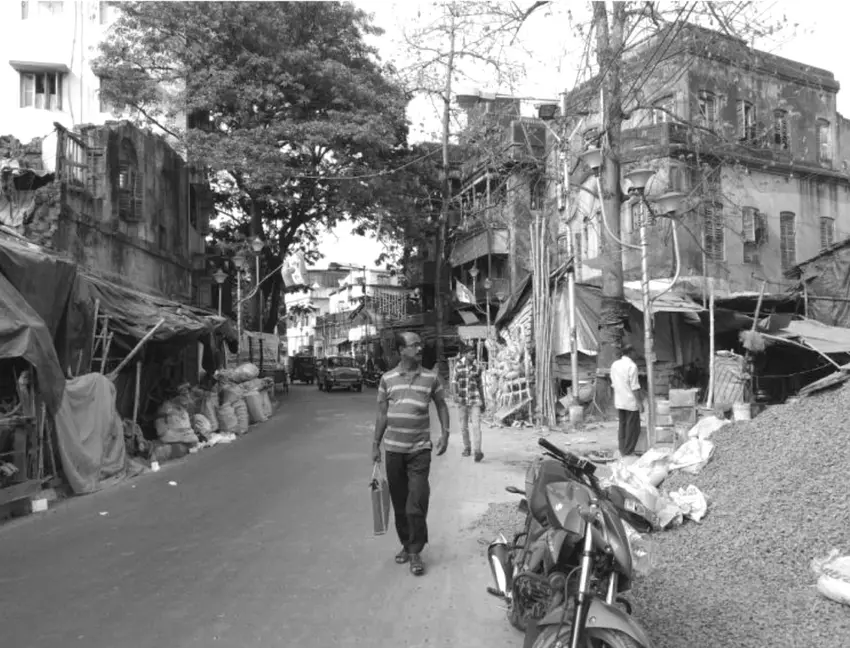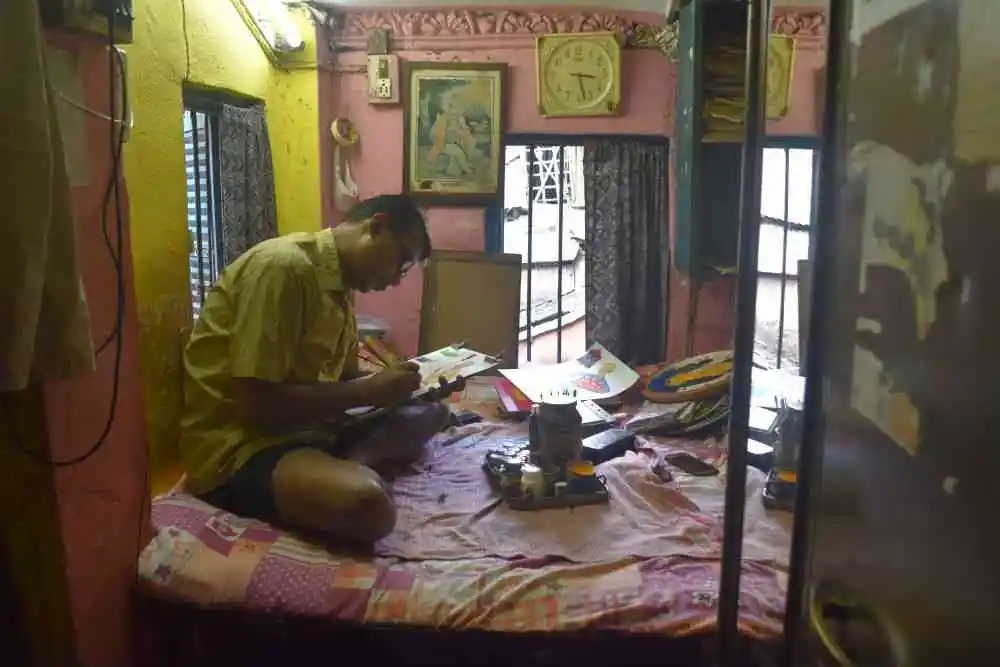
The Art & Its Makers
The Patuas of West Bengal
The style originated from the narrative scroll paintings of rural Bengal. Historically, in the mid 18th century a number of skilled artists moved to Kolkata from rural Bengal especially from 24 Paraganas and Midnapur and set up stalls outside the Kalighat Temple.
In the villages they painted long narrative stories on scrolls of handmade paper often stretched to over 20 feet in length and were known as patachitra. Each section was known as a pat and the artists therefore became known as patuas.
The Making
The patuas used raw materials what were available in their village. These included many vegetable dyes and plant extracts that were made into paints by mixing with a variety of different binding media, including one made from Tamarind seed and also a natural gum from the bel fruit (Bengal quince). The patua scroll painters migrated from this part of rural Bengal to the growing metropolis of Kolkata, which expanded rapidly due to the commerce principally generated by the British settlers in the southern part of the city from the mid eighteenth century onwards.
The artists who migrated to the city became makers and painters of terracotta images that were also produced as souvenirs for pilgrims visiting the Kalighat shrine in Kolkata.

